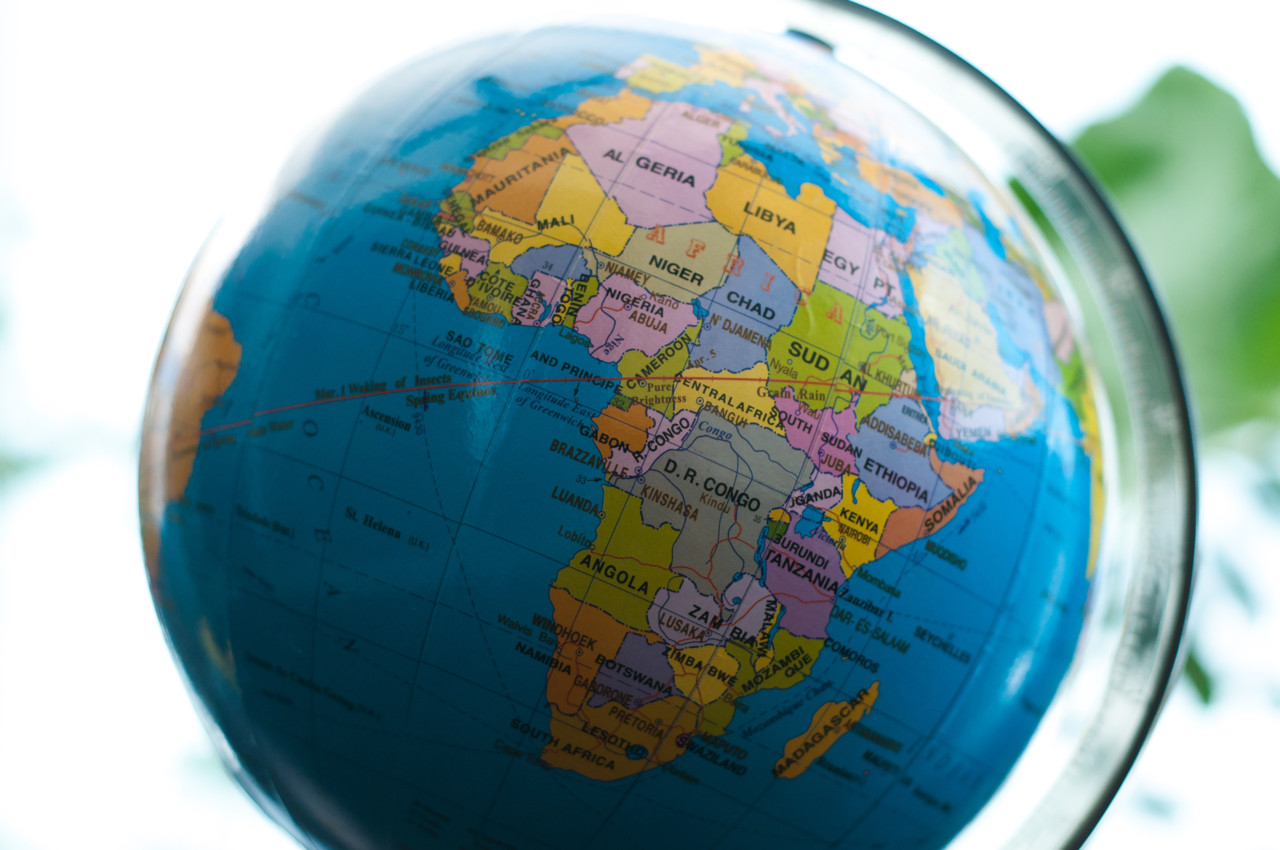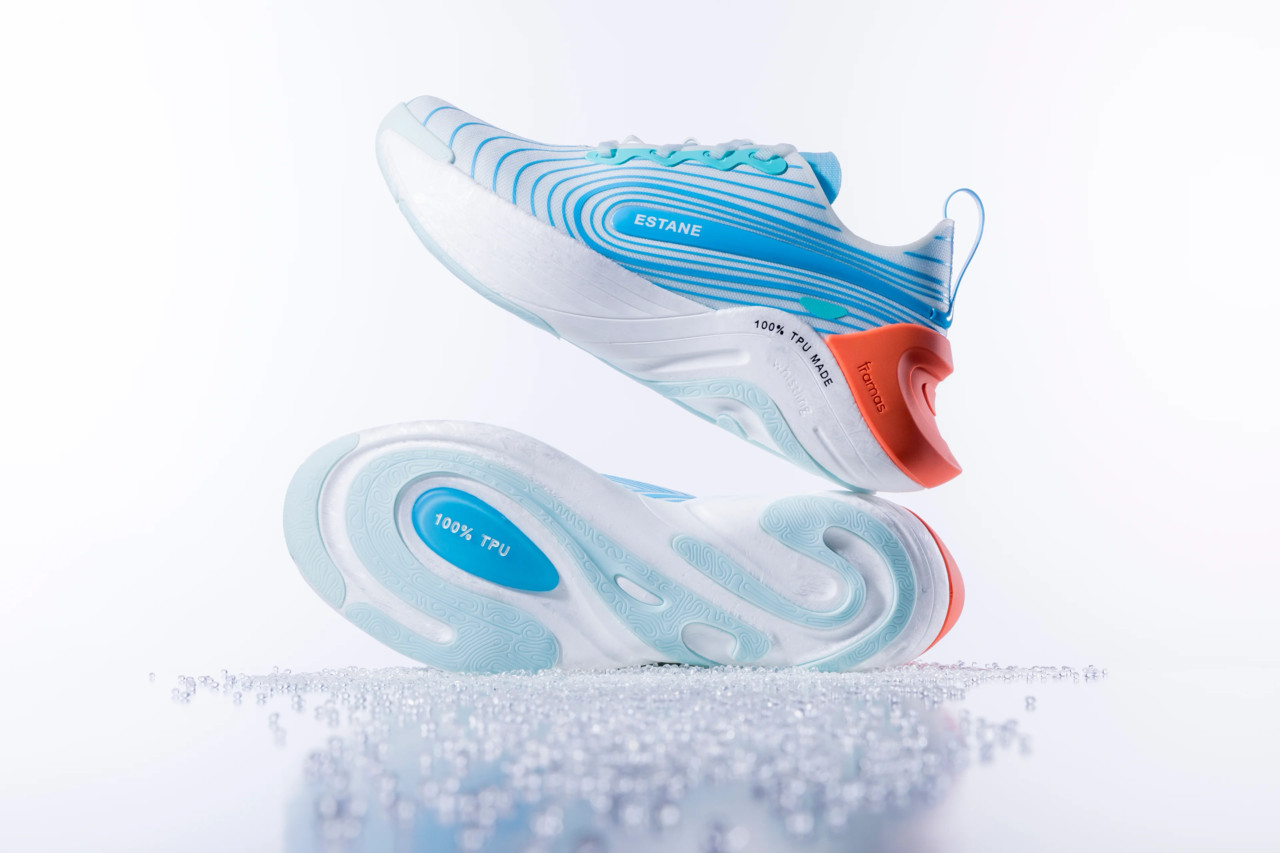
Footwear 4.0: the platform for smart footwear manufacturing
At the 22nd UITIC (International Union of Shoe Industry Technicians) Congress in Shanghai, Assomac presented its new modular and interoperable digital ecosystem.
Keep reading...
July 2024

Exports (-11.8%) and turnover (-12% in the member survey) fell in the first quarter, while domestic demand remained flat (+1.4% the value of retail sales in January-March 2023, but still -1.3% below pre-Covid levels). Luxury slows down.
According to the Economic Outlook prepared by the Confindustria Moda Study Centre, 2024 promises to be a difficult year for Italian leather goods. Data for the first quarter of 2024, in fact, confirm the extreme weakness of demand (first and foremost international demand), with a further squeeze on orders and consequent repercussions on companies’ production activity.
The most significant datum is the -18.1% shown by the ISTAT index of industrial production for the item ‘Travel and leather goods’ in the first 3 months of the year compared to the corresponding period of 2023, which explains the reason for the new massive recourse to wage integration tools and casts more than a shadow on the sales trend in the following months.
The indications gathered last May among associated leather goods entrepreneurs through the customary sample survey describe an equally unfavourable picture, estimating a -12% average overall drop in turnover compared to January-March 2023 among the sample companies.
Taking a closer look at the ISTAT data available to date, it emerges that, in the first 3 months of the year, leather goods were sold abroad for 2.66 billion euro, or -11.8%, with a decrease also in KG (-4.8%). Examination by destination shows better performance for EU outlets (which limit the drop in value on January-March 2023 to -0.9%) than for non-EU markets (down instead by -16.3% overall). Among the European Union partners, France – the first destination, with a share of total Italian exports of around 16%, whose figures also include products made for French luxury brands – shows a contraction of -4.9% (much more severe in KG: -27%). Germany held its own (ranked 6th in value, but 1st in KG), which, against a timid -0.4% in value, recorded +8.2% in volume. Finally, all the other main EU members increased in value – and in several cases by double digits -: Spain, Poland, the Netherlands, Austria and Greece.
Among non-EU markets, the collapse of Switzerland stands out (-76% in value on January-March 2023 and -54.4% in KG), the traditional logistical platform of fashion multinationals: a figure linked to a change in the distribution strategies of fashion labels, which have replaced transit through Swiss hubs with direct shipment to end markets.
In the Far East – where leather goods exports remained on the whole more or less stable in the first part of the year (-0.5%) -, growth in value involved Japan (+3.5%), Taiwan (+8.7%), Thailand (+15.6%), Singapore (+3.3%) and above all Hong Kong (+29.7%, which significantly reduced the gap with 2019). On the other hand, the area’s two main markets declined: China (-4.8%) and South Korea (-9.4%), which occupy 3rd and 4th place in the overall export ranking. In the Middle East, there was a leap in the Arab Emirates (+75% approximately) and excellent performance in Qatar (+12.7%); in both cases, these increases were accompanied by non-marginal declines in KG. North America struggled (-0.3% in value in the United States and -9.5% in Canada) although, thanks to the excellent results achieved in 2022, the comparison with 2019 levels puts current values more than 85% above then.
In terms of merchandise, both exports of leather products (-14.8%) and those of substitute goods (-4.8%) were down in value, although they increased in KG (+13.7%). Reductions of more than -10% affected the two main merchandise items, namely handbags (which account for over 70% of foreign sales in value), down -12.2% compared to the first 3 months of 2023, and small leather goods (-16.3%). Among the remaining types, belts also lost ground, -12.7%, while luggage and travel goods were stable (+0.2%).
Imports in the first three months of the current year recorded a decrease of -7.5% in value, with a -1.2% in KG.
The sector trade balance, while still largely in surplus at EUR 1.79 billion, was down -13.8% on January-March 2023.
On the domestic front, the ISTAT index of the value of retail sales in Italy (referring to “leather goods + footwear”) showed a weak increase in the first 3 months (+1.4%), which nevertheless leaves the current levels still below the -1.3% of those (already largely unsatisfactory because marked by a continuous slow erosion in previous years) of the same pre-pandemic 2019 period.
The above indications, relating to the results achieved in the first quarter and the expectations for the second quarter, lead to an estimate for the first 6 months of the year of a drop in turnover of more than -9% and lengthen the timeframe for the recovery.
Le suddette indicazioni, relative ai risultati conseguiti nel primo trimestre e alle attese per il secondo, fanno stimare per i primi 6 mesi dell’anno una flessione del fatturato superiore al -9% e allungano i tempi della ripartenza.

At the 22nd UITIC (International Union of Shoe Industry Technicians) Congress in Shanghai, Assomac presented its new modular and interoperable digital ecosystem.
Keep reading...
With €46 million in imports and an Italian share of over 42%, the African market for leather and footwear technology continues to be a strategic growth area. To further strengthen it, Assomac and Simac Tanning Tech are building commercial and industrial bridges from Senegal to Ethiopia.
Keep reading...
Gas, co-moulding and recyclable thermoplastics: at Simac Tanning Tech 2025, the sole sector shows where innovation is really heading.
Keep reading...You must login to read this free content
This content requires a subscription to view. Are you already a subscriber? Sign in